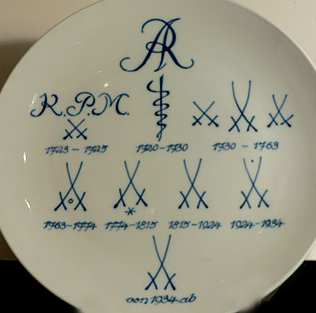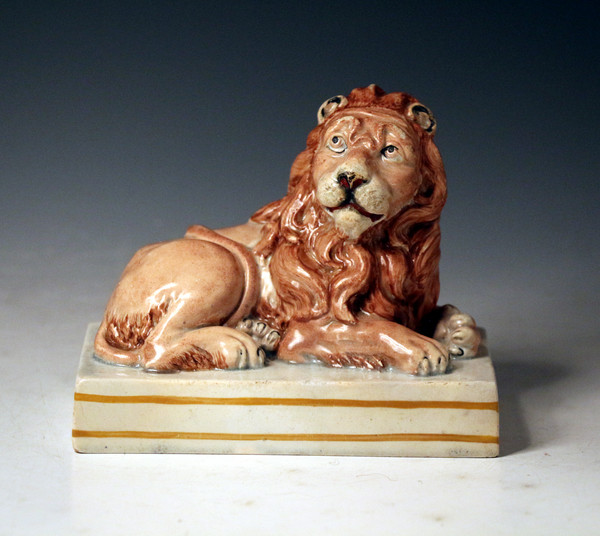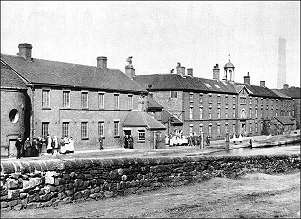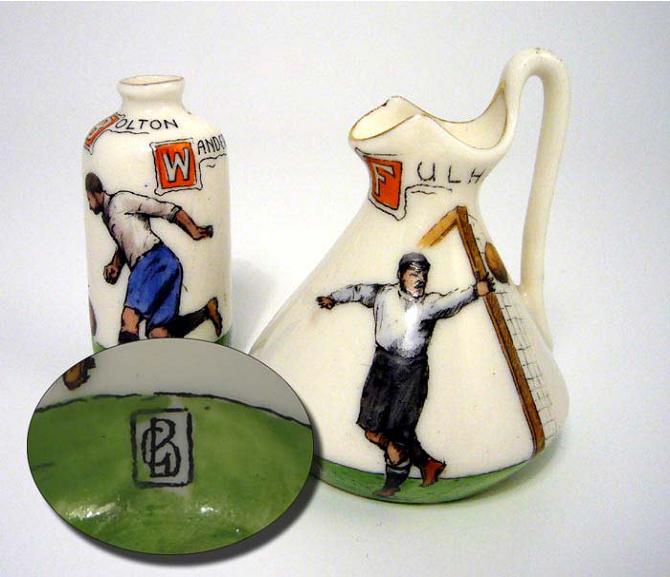Pottery marks are often confusing often being blurred or sometimes impossible to read at all. Some marks – for instance, the anchor – can indicate a wide variety of periods, factories and countries.
Often marks have been imitated by other factories, the crossed swords of Meissen being particularly ‘borrowed’.
Also many early pieces bear no mark at all or a mark may actually refer to the potter or designer. Dates too, are not to be relied upon because they rarely give the date of manufacture. When incorporated into a mark, a date commonly indicates the date the factory was established or can indicate when the design was first introduced.
However, the design registration marks were applied from 1842 and give a reliable indication of the age of British wares. Other factories also had reliable dating systems: Sevres, Minton, Derby and Wedgewood in particular. Pottery and porcelain need to be touched and held, the more of it you see, the better a feeling you’ll get for a particular maker. If you’re trying to value a piece you have a home our guides will help narrow it down hopefully, but if you think you have something particularly valuable an expert needs to be consulted for a final evaluation.
Quick Guide to Establishing Dates
- A printed mark signifies post 1800 manufacture
- The royal arms only appeared after 1810
- Marks including the name of a pattern are generally post 1810 or later
- The diamond registration mark indicates 1842-1883
- ‘Limited’ or ‘Ltd’ – 1860 onwards
- ‘Trade Mark’ – 1862 onwards
- ‘Royal’ followed by manufacturer’s name – mid 19th C onwards
- ‘Rd No’ (Registered Number) -1884 onwards
- ‘England’ – 1891 onwards
- ‘Made n England’ – Early 20th C onwards
Registered Design Marks
The registration of design system was introduced in 1839 to protect designs.
Registered Design Marks – from 1842 to 1883

Shown above are the two patterns of Design Registration Marks which were used between 1842 and 1883.
The left hand diamond was used 1842-1867 and the right hand 1868-1883.
Example of registration mark.
Unfortunately it is often difficult to know if the mark is 1842-1867 or 1868-1883.
Because of the glaze the marks at the corners of the diamond are often difficult to decipher.

| Year Codes 1842-67 | |||
| A | 1845 | N | 1864 |
| B | 1858 | O | 1862 |
| C | 1844 | P | 1851 |
| D | 1852 | Q | 1866 |
| E | 1855 | R | 1861 |
| F | 1847 | S | 1849 |
| G | 1863 | T | 1867 |
| H | 1843 | U | 1848 |
| I | 1846 | V | 1850 |
| J | 1854 | W | 1865 |
| K | 1857 | X | 1842 |
| L | 1856 | Y | 1853 |
| M | 1859 | Z | 1860 |
| Year Codes 1868 83 | |||
| A | 1871 | K | 1883 |
| C | 1870 | L | 1882 |
| D | 1878 | P | 1877 |
| E | 1881 | S | 1875 |
| F | 1873 | U | 1874 |
| H | 1869 | V | 1876 |
| I | 1872 | X | 1868 |
| J | 1880 | Y | 1879 |
| Month Codes 1842-83 The same system of code letters was used for indicating the month of registration |
|||||
| A | December | ||||
| B | Ocotober | ||||
| C/O | January | ||||
| D | September | ||||
| E | May | ||||
| G | February | ||||
| H | April | ||||
| I | July | ||||
| K | November | ||||
| M | June | ||||
| R | August | ||||
| W | March | ||||
Registered Numbers – from 1884
Registered numbers are a consecutive numbering system which started in 1884 of designs which were registered by companies. The Registered Number, usually written as Rd on the piece of pottery, gives the date when that design was registered to prevent copying, but it could have been made at any time later than that date.
Details of the registrations for 1 to 548919 are held at the Public Record Office, Ruskin Avenue, Kew, Surrey.
1884 1
1885 19756
1886 40480
1887 64520
1888 90483
1889 116648
1890 141273
1891 163767
1892 185713
1893 205240
1894 224720
1895 246975
1896 268392
1897 291241
1898 311658
1899 331707
1900 351202
1901 368154
1902 385180
1903 403200
1904 424400
1905 447800
1906 471860
1907 493900
1908 518640
1909 535170
1910 552000
1911 574817
1912 594195
1913 612431
1914 630190
1915 644935
1916 653521
1917 658988
1918 662872
1919 666128
1920 673750
1921 680147
1922 687144
1923 694999
1924 702671
1925 710165
1926 718057
1927 726330
1928 734370
1929 742725
1930 751160
1931 760583
1932 769670
1933 779292
1934 789019
1935 799097
1936 808794
1937 817293
1938 825231
1939 832610
1940 837520
1941 838590
1942 839230
1943 839980
1944 841040
1945 842670
1946 845550
1947 849730
1948 853260
1949 856999
1950 860854
1951 863970
1952 866280
1953 869300
1954 872531
1955 876067
1956 879282
1957 882949
1958 887079
1959 891665
1960 895000
1961 899914
1962 904638
1963 909364
1964 914536
1965 919607
The Registered Number, usually written as Rd on the piece of pottery, gives the date when that design was registered to prevent copying, but it could have been made at any time later than that date.
Use of the British Royal Coat of Arms on Pottery


The Royal Arms may only be used by businesses which are holders of a Royal Warrant. Nowadays Royal Warrants are granted to people or companies who have regularly supplied goods or services for a minimum of five consecutive years to members of the Royal Family.
However in the late 19th and early 20th century many potters who did not have a Warrant (both in England and also foreign firms) also used the Arms (or some similar design) as part of their mark – to gain some sense of importance and value.
In the same way many potters use the name “Royal” as part of their name or trade mark.











